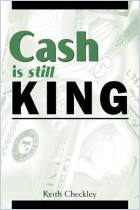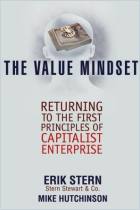Each quarter, publicly traded firms make earnings announcements and provide guidance to Wall Street analysts. For shareholders and market experts, these declarations are the holy grail in determining the price and value proposition of a company’s stock. But financial professionals David Holland and Bryant Matthews argue that investor reliance on the earnings call misses the important financial information packed away in corporate statements. Investors, analysts and executives will find a deep reservoir of financial knowledge in this insightful text on the Credit Suisse HOLT methodology.
Investors and analysts should assess a company through the lenses of positive or negative net present value and cash flow.
Logic dictates that business financial decisions should be based on a positive net present value (NPV) proposition. However, too often in the corporate world, chief executives engage in negative NPV allocations. In fact, analysts calculate a $5.90 loss on each $100 spent on a merger or acquisition.
The answer to this conundrum rests in the difference between earnings and cash flow. Executives can use financial engineering to make earnings look better than the underlying company’s fundamentals. For market stakeholders, discounted cash flow (DCF) offers a far better analytical tool. Rather than chase earnings per share, corporate executives should focus on allocation, finance and investment decisions that center on positive NPV and produce more free cash flow. Unfortunately for investors, accounting profit and actual economic value are often two divergent metrics.
If a CEO’s decisions don’t alter the expected cash flows of the business, no fundamental change to its intrinsic valuation occurs.
Analysts...
















Comment on this summary